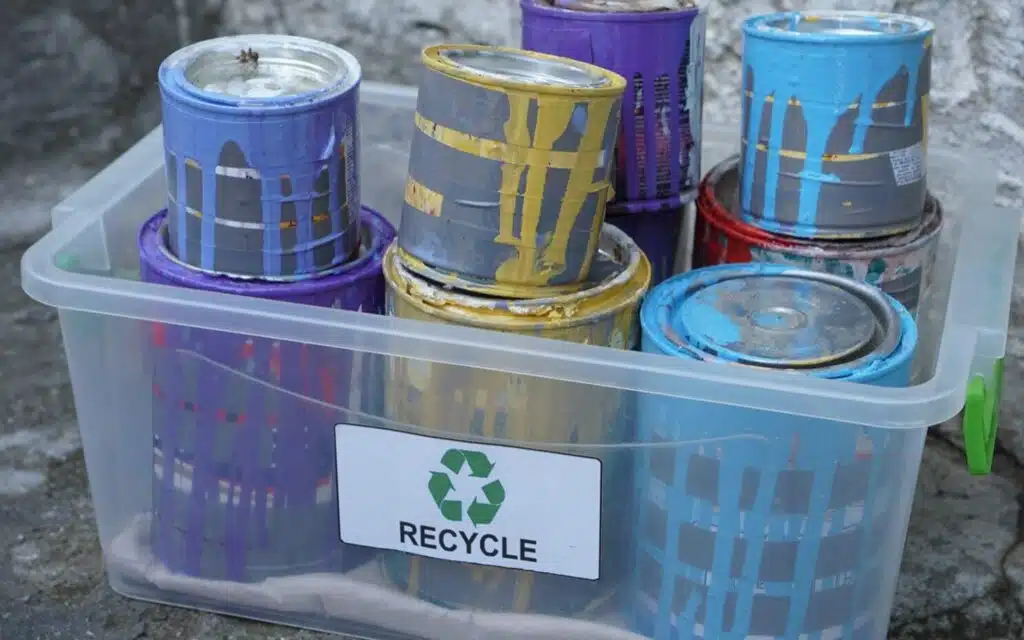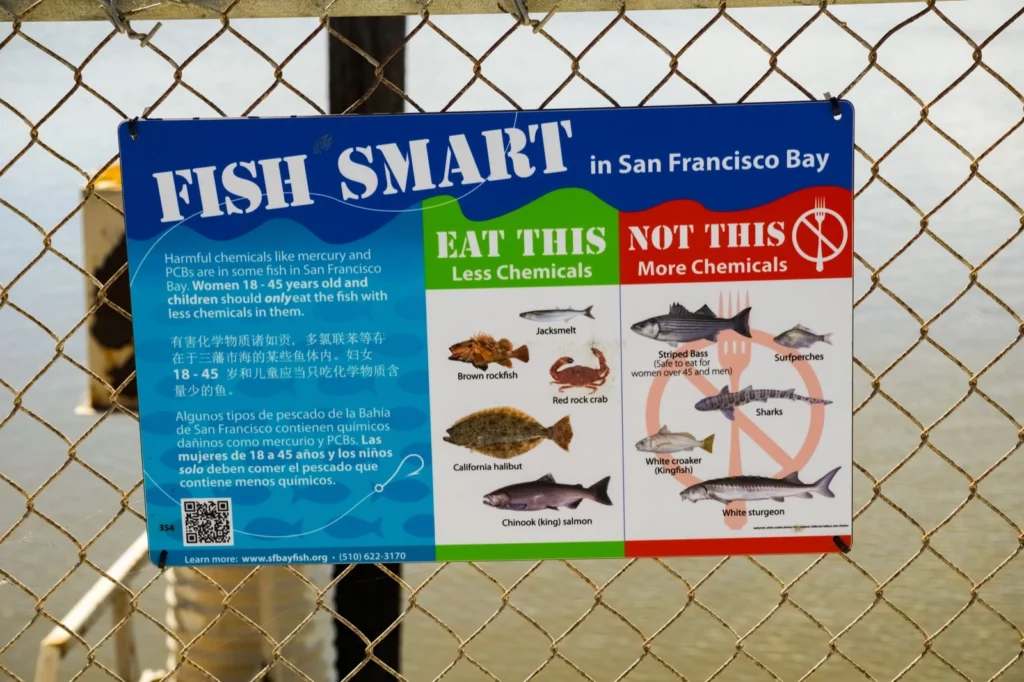According to the EPA1 “Each person in the United States produces an average of 4 pounds of hazardous waste each year…” With a current population of 330 million, the total potential for hazardous waste generation in the US is 1.3 billion pounds, annually.
You may now be asking yourself, with figures this high, what waste is considered hazardous, and do I have any? In order to be hazardous, waste must be either ignitable, reactive, corrosive, or toxic. Many household products fit this category, from paints and stains to the oil or coolant inside of our personal vehicles. There are many ways to dispose of these waste items safely and appropriately. Here are a few tips to help us manage the hazardous wastes in our home:

- The instruction label on your unused products will often have disposal considerations and instructions.
- Automotive stores typically have programs to collect used oil or coolant.
- Landfills will often have hazardous waste drop off days. Either one day a month or one day a week they’ll accept common household hazardous waste such as paints, stains, cleaners, paint thinners and more.
- Check with your local landfill or solid waste agency to see if they hold annual clean ups. Often counties will hold annual collection drives to collect household hazardous waste in an effort to increase knowledge, as well as prevent these materials from going into a local landfill.
Disposing of hazardous waste appropriately is half the battle, the other half is reducing the hazardous waste we create. There are many ways to limit the hazardous waste we create, and many of them are simple. For example, we could replace liquid drain cleaner with a drain snake or plunger or purchase a smaller container of cleaner rather than the bulk bottle that will go half unused. The decisions we make today on how we handle our household hazardous waste will follow us into the future. These materials can wreak havoc on our own personal health and the environment that surrounds us, if mismanaged. Mismanagement of hazardous waste affects us all; we can look at the fish population in the US as an example of negative effects of poor waste management. The first fish advisories warning of chemicals in our fish population went out in the 1970’s, and we still hear about them to this day.
At PaperWorks we have a responsibility to our community and team members to be proactive with our waste management. We take that responsibility seriously. As a corporation we identify ways to reduce or eliminate the waste we generate and handle the waste that is generated responsibly. As such, we partner with environmental companies that share the same values we do and use best practices to either recycle or dispose of wastes according to local, state, and federal regulations.
1 EPA (2018, February 26 th ) Household Hazardous Waste Household Hazardous Waste | Pacific Southwest: Solid Waste | US EPA






